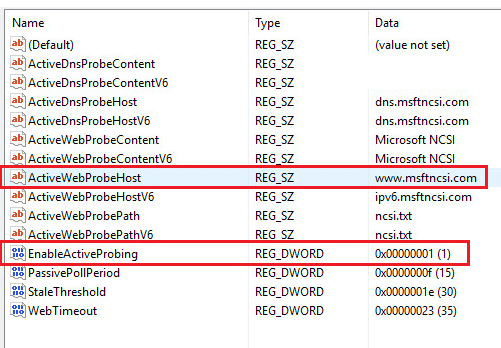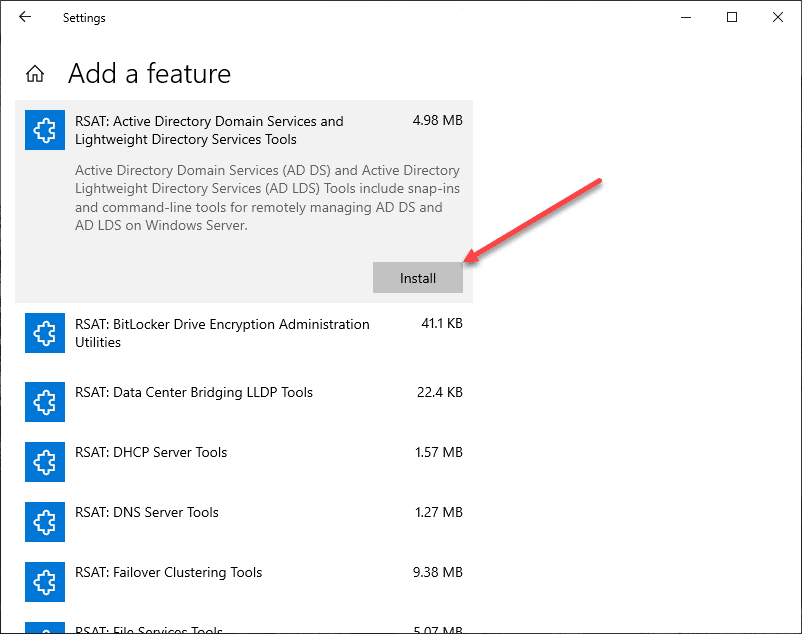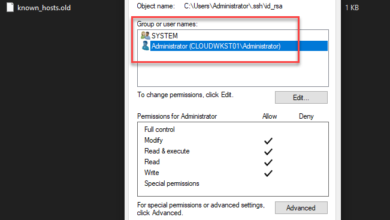Windows 10 launching browser automatically after login

I ran into a peculiar issue the other day in a lab environment where workstations that others were remoting into, were not able to remote in any longer. Well, thinking there was a network issue connecting to the workstations, I simply connected via a VMware console to one of the workstations in question. The machine looked fine – not frozen or any other obvious deal breakers. However, after logging into the workstation, I noticed something odd – the browser automatically opened to a go.microsoft.com link. Why was Windows 10 launching browser automatically after login?
Windows 10 launching browser automatically after login
As mentioned above, the workstations that had broken connectivity were trying to launch a website. The website in question specifically was https://go.microsoft.com/fwlink/?LinkID=219472&clcid=0x409. Why were the workstations hitting this address?
As many of you may already know, Windows utilizes a network connectivity status check as it tries to hit the check address msftncsi.com. In the particular lab network, egress traffic was being squashed from all machines within the lab so it wasn’t able to hit the address. The msftncsi.com address requires authentication which is done by Windows in the background. In the lab environment, Windows believes that it is not able to connect to the Internet so it is redirecting the browser session to this address to reauthenticate and reestablish the network check as successful.
As you can see below, we get the normal default behavior of Microsoft Edge saying the site can’t be opened using the built-in administrator account.
After clicking close, we see the URL in question.
Resolution
The resolution to this in the lab environment was simple. There is a registry key that needs to be turned off to disabled the enableactiveprobing setting from proactively attempting this check. Set the following DWORD value to 0 from the default value of 1.
HKEY_LOCAL_MACHINESYSTEMCurrentControlSetServicesNlaSvcParametersInternetEnableActiveProbing
As you can see below, we see the information related to the autoprobing of network connectivity, including the webprobehost and the enableactiveprobing value.
Simply, set the DWORD Value to 0 as shown below.
The final step in the process is to reboot the workstation as per my testing, even a Windows 10 VM needed to be rebooted to instantiate this registry setting.
Thoughts
If you see the behavior mentioned above, especially if running in a lab environment where you don’t have egress traffic out to the Internet and you see Windows 10 launching browser automatically after login, then most likely the culprit is the autoprobing setting that is attempting to test network connectivity.













